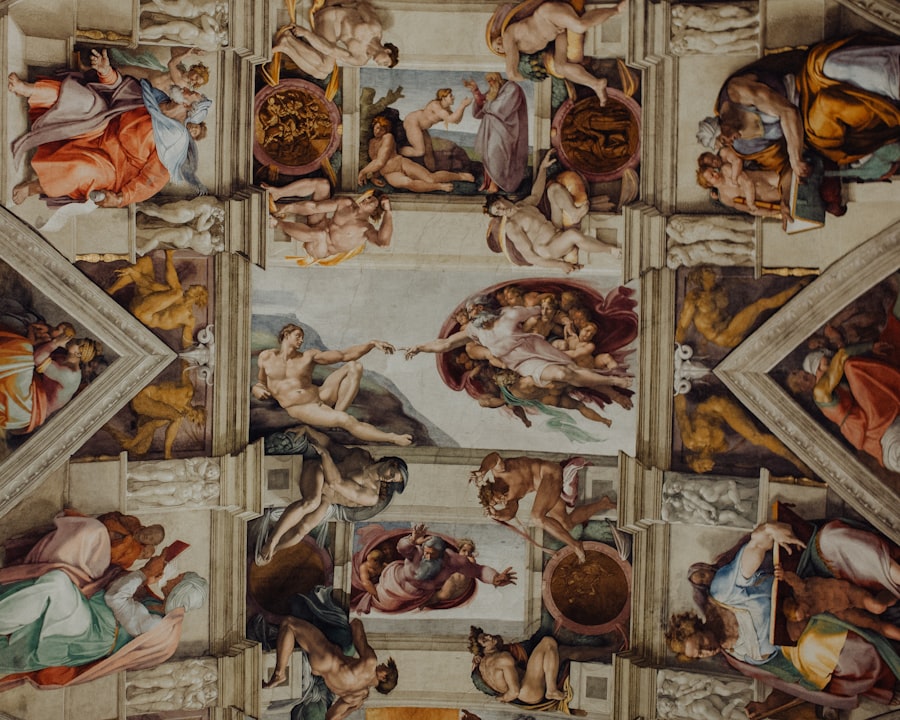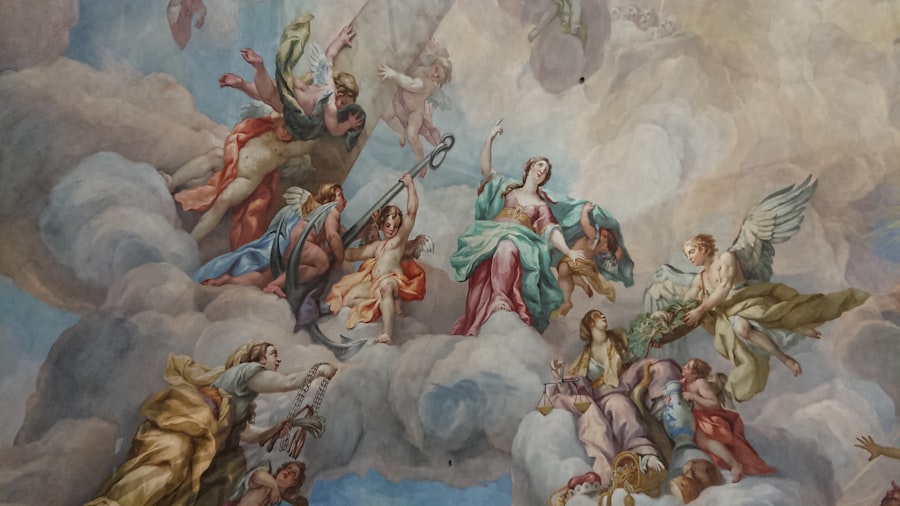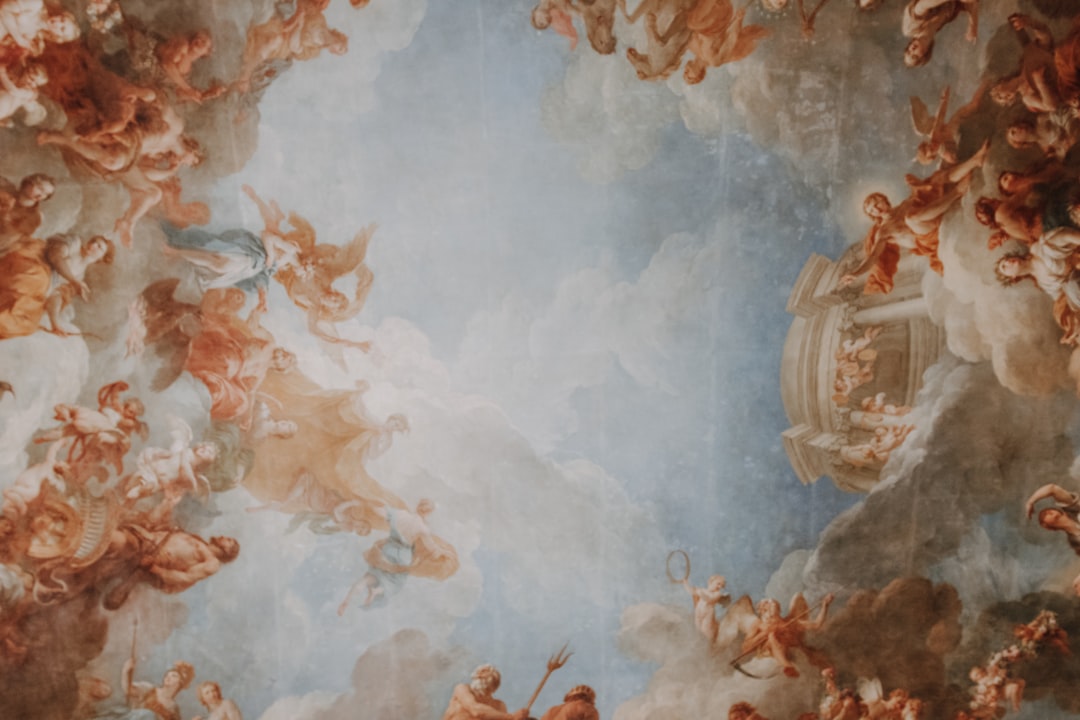The Renaissance, a term derived from the French word for “rebirth,” marks a pivotal period in European history, spanning roughly from the 14th to the 17th century. This era is characterized by a profound revival of interest in the classical art, literature, and philosophies of ancient Greece and Rome.
Humanism sought to explore human potential and achievements, fostering a spirit of inquiry that encouraged individuals to engage with the world around them. This shift in focus from the divine to the human experience laid the groundwork for many of the advancements that would follow in art, science, and philosophy. Humanism emerged as a response to the medieval scholasticism that had dominated European thought for centuries.
Scholars began to rediscover classical texts, leading to a renewed appreciation for the humanities—literature, history, and moral philosophy. Figures such as Petrarch and Erasmus played crucial roles in this intellectual revival, advocating for education that emphasized critical thinking and the study of classical languages. The humanist movement was not merely an academic endeavor; it permeated all aspects of life, influencing politics, religion, and social structures.
This cultural transformation fostered an environment where creativity flourished, setting the stage for the remarkable achievements that would define the Renaissance.
Key Takeaways
- The Renaissance marked a revival of humanism, emphasizing the value of human potential and achievement.
- Humanism had a profound impact on art and culture, leading to a focus on individualism, secularism, and the study of classical texts.
- Art played a crucial role in the Renaissance, serving as a reflection of humanist ideals and contributing to the era’s intellectual and cultural advancements.
- Humanism played a key role in the birth of modern thought, challenging traditional religious and philosophical beliefs and promoting critical thinking and empirical observation.
- The Renaissance era saw significant developments in science and philosophy, with humanist principles influencing the evolution of these fields.
- The legacy of the Renaissance continues to influence modern society, shaping our understanding of human potential, individualism, and the pursuit of knowledge and innovation.
The Impact of Humanism on Art and Culture
The influence of humanism on art during the Renaissance cannot be overstated. Artists began to adopt techniques and themes that reflected humanist ideals, focusing on realism, individualism, and the beauty of the human form. This shift is exemplified in the works of masters such as Leonardo da Vinci and Michelangelo, who sought to capture not only the physical likeness of their subjects but also their emotional depth and psychological complexity.
Da Vinci’s “Mona Lisa,” with her enigmatic expression and lifelike detail, epitomizes this new approach to portraiture, inviting viewers to engage with the subject on a personal level. Moreover, humanism encouraged artists to draw inspiration from classical antiquity. The revival of Greco-Roman themes is evident in works like Raphael’s “School of Athens,” which features prominent philosophers from ancient Greece engaged in discussion.
This painting not only showcases the artistic mastery of perspective and composition but also symbolizes the merging of classical thought with contemporary ideas. The incorporation of mythological subjects and allegorical figures became prevalent, reflecting a broader cultural shift towards secularism and a celebration of human achievement. As a result, art became a medium through which humanist ideals were expressed and disseminated, influencing societal values and aspirations.
The Role of Art in the Renaissance

Art during the Renaissance served multiple purposes beyond mere aesthetic pleasure; it was a vehicle for communication, education, and social commentary. Artists were not only creators but also thinkers who engaged with contemporary issues through their work. The use of symbolism and allegory allowed them to convey complex ideas about morality, politics, and human nature.
For instance, Botticelli’s “The Birth of Venus” is rich with allegorical meaning, representing beauty and love as central themes in human experience. Such works invited viewers to reflect on their own lives and values, fostering a deeper connection between art and society. Additionally, art became increasingly accessible to a broader audience during this period.
The invention of the printing press by Johannes Gutenberg in the mid-15th century revolutionized the dissemination of knowledge and artistic ideas. Illustrated books and prints allowed for greater distribution of artistic works, making them available to those who may not have had access to original paintings or sculptures. This democratization of art contributed to a growing appreciation for artistic expression among the general populace, further embedding humanist ideals into everyday life.
As art became intertwined with education and civic pride, it played a crucial role in shaping cultural identity during the Renaissance.
Humanism and the Birth of Modern Thought
The emergence of humanism during the Renaissance laid the intellectual foundation for modern thought. By prioritizing human experience and rational inquiry over religious dogma, humanists paved the way for new ways of thinking about existence, ethics, and knowledge itself. This shift is particularly evident in the works of philosophers such as Niccolò Machiavelli, whose treatise “The Prince” challenged traditional notions of morality in politics.
Machiavelli’s pragmatic approach to governance emphasized effectiveness over ethical considerations, reflecting a departure from medieval ideals that prioritized virtue. Furthermore, humanism encouraged a spirit of skepticism and inquiry that would later fuel the Scientific Revolution. Thinkers like Galileo Galilei began to question established beliefs about the natural world, advocating for observation and experimentation as means to acquire knowledge.
This emphasis on empirical evidence marked a significant departure from reliance on ancient authorities or religious texts as sources of truth. The humanist belief in individual reasoning empowered thinkers to challenge existing paradigms, leading to groundbreaking discoveries that reshaped humanity’s understanding of itself and its place in the universe.
The Renaissance and the Evolution of Science and Philosophy
The Renaissance was not solely an artistic movement; it was also a time of significant advancement in science and philosophy. The revival of classical texts spurred interest in fields such as mathematics, astronomy, anatomy, and physics. Scholars like Copernicus revolutionized astronomy with his heliocentric model, which posited that the Earth revolved around the sun rather than vice versa—a radical idea that challenged centuries of accepted belief.
This shift not only transformed scientific understanding but also had profound implications for humanity’s perception of its place in the cosmos. In addition to astronomy, advancements in anatomy during this period were groundbreaking.
His meticulous observations contributed significantly to medical knowledge and laid the groundwork for future anatomical studies. The interplay between art and science during the Renaissance exemplifies how humanist ideals fostered an environment where interdisciplinary collaboration flourished, leading to innovations that would shape modern science.
The Legacy of the Renaissance: Its Influence on Modern Society

The legacy of the Renaissance continues to resonate in contemporary society across various domains—art, science, philosophy, and education. The principles established during this period laid the groundwork for modern democratic thought and individual rights. The emphasis on human dignity and potential has influenced political ideologies that prioritize personal freedom and self-expression.
The Enlightenment thinkers who followed were deeply inspired by Renaissance humanism, advocating for reason as a guiding principle in governance and society. In education, the Renaissance’s focus on liberal arts remains foundational in modern curricula worldwide. The belief that education should cultivate critical thinking and creativity is a direct descendant of humanist ideals.
Institutions today continue to emphasize interdisciplinary studies that encourage students to explore connections between various fields—an approach that reflects the Renaissance spirit of inquiry and exploration. Moreover, contemporary art continues to draw inspiration from Renaissance techniques and themes. The use of perspective, chiaroscuro (the treatment of light and shadow), and an emphasis on realism can be traced back to this transformative period.
Artists today often engage with historical references while exploring modern themes, demonstrating how the Renaissance has shaped artistic expression across centuries. In summary, the Renaissance represents a monumental shift in human thought and culture characterized by a revival of classical ideals through humanism. Its impact on art, science, philosophy, and education has left an indelible mark on modern society, fostering an enduring legacy that continues to inspire innovation and creativity today.
If you are interested in exploring different schools of thought and philosophical concepts, you may find the article Introduction to Mimāṃsā School: Mimāṃsā Pramāṇas, Mimāṃsā Pramāṇyavāda, Khyātivāda intriguing. This article delves into the Mimāṃsā school of Indian philosophy, exploring its epistemological foundations and theories of knowledge. Just like how The Renaissance Unveiled: Humanism, Art, and the Birth of Modern Thought examines the intellectual and artistic movements of the Renaissance period, this article offers a deep dive into another fascinating philosophical tradition.
FAQs
What is the Renaissance?
The Renaissance was a period in European history, from the 14th to the 17th century, characterized by a renewed interest in classical art, literature, and learning.
What is Humanism?
Humanism was a key intellectual movement during the Renaissance that focused on the study of classical texts, the importance of human potential and achievement, and the promotion of individualism.
How did Humanism influence art during the Renaissance?
Humanism influenced art during the Renaissance by emphasizing the portrayal of the human figure, perspective, and naturalism in art. Artists sought to depict the human form and emotions realistically.
What were the major achievements of Renaissance art?
Renaissance art produced masterpieces such as Leonardo da Vinci’s “Mona Lisa” and Michelangelo’s “David,” as well as advancements in techniques such as perspective and chiaroscuro.
How did the Renaissance contribute to the birth of modern thought?
The Renaissance contributed to the birth of modern thought by promoting the idea of individualism, the importance of reason and observation, and the pursuit of knowledge in various fields such as science, philosophy, and politics.






















+ There are no comments
Add yours